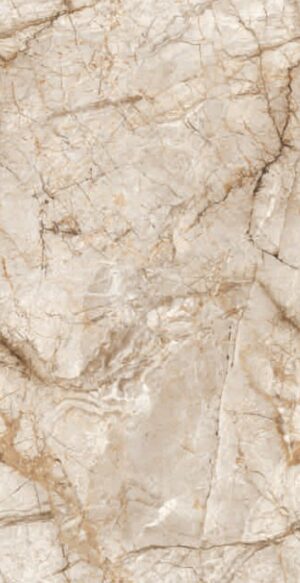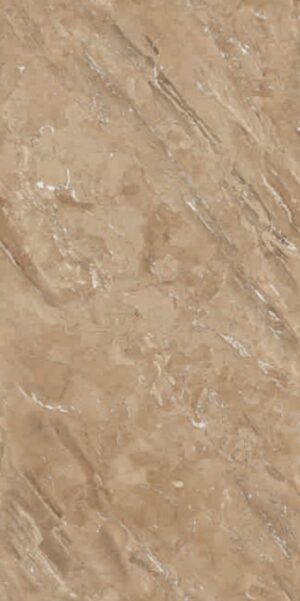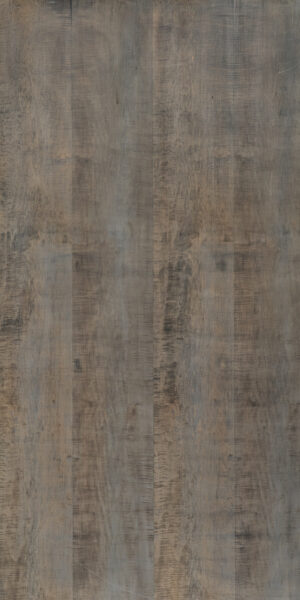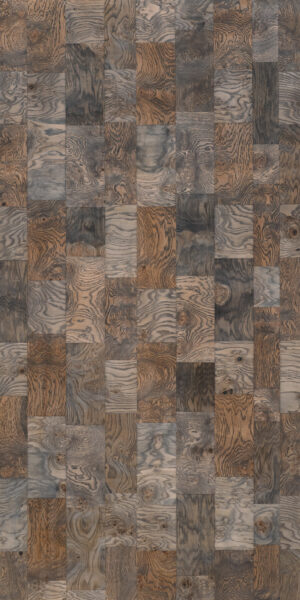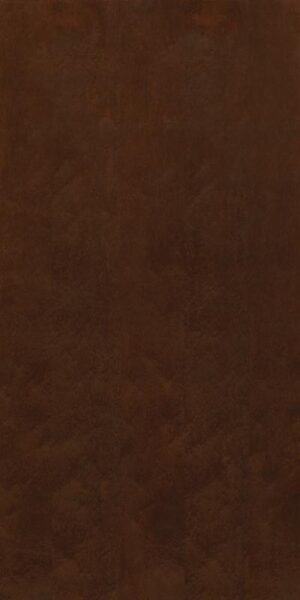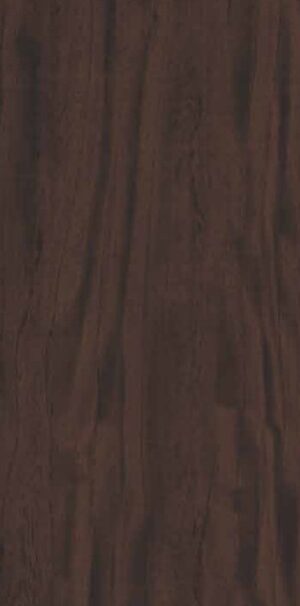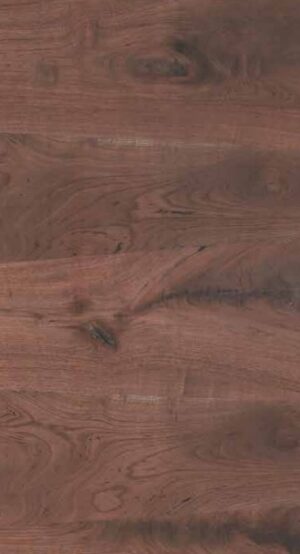
In various woodworking projects, people commonly use plywood veneer as a type of engineered wood. It is preferred over hardwood for specific applications due to the range of advantages it offers. Let’s delve into the composition of plywood veneer and understand the reasons behind its preference.
Hoop Pine Plywood, in particular, is highly regarded for its exceptional finishing capabilities, which also extend to its utilization as a natural timber veneer. The composition of plywood involves the use of veneer sheets. Unlike solid wood, untreated timber is not naturally waterproof, and the same holds true for plywood. However, plywood offers certain distinct characteristics due to its construction.
The primary distinction arises from plywood veneer’s composition, as it comprises thin layers or veneers of wood that manufacturers press and bond onto a plywood base. The layering technique enhances the stability, strength, and durability of the material. It involves arranging the individual layers, or plies, in a cross-grain pattern, which improves the material’s resistance to warping, twisting, and splitting.
Baseply veneer sheets offers several advantages over hardwood and other materials. It is generally more cost-effective than solid wood while providing comparable strength and stability. The layering technique also reduces the likelihood of shrinkage and expansion, making plywood veneer less prone to warping and twisting.
The cross-grain construction enhances its structural integrity. Baseply Veneer sheets make it suitable for use in furniture, cabinetry, flooring, and other woodworking projects where stability and strength are crucial.
Showing 1–9 of 21 results



